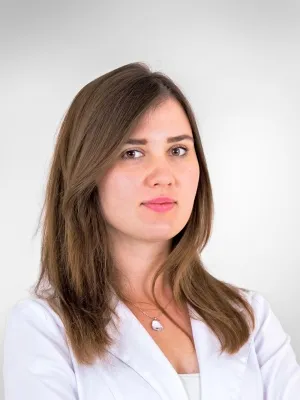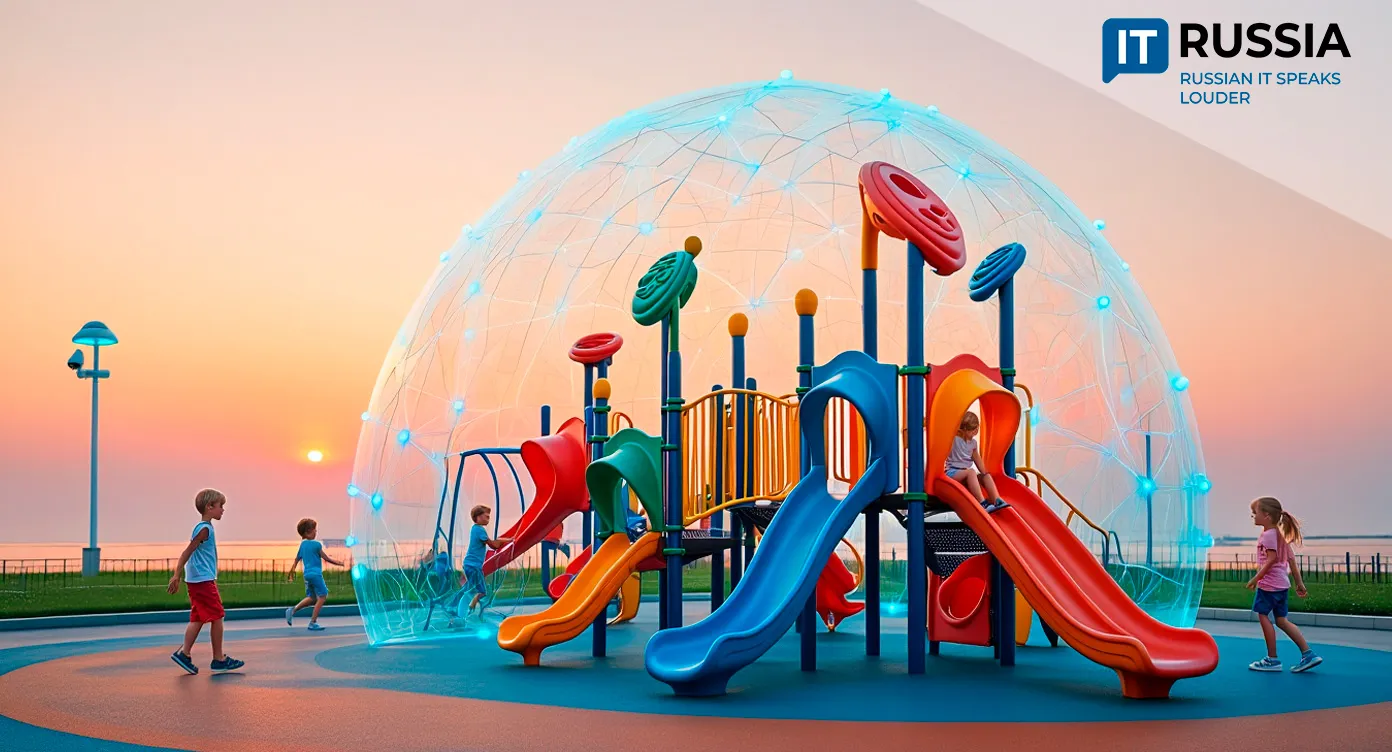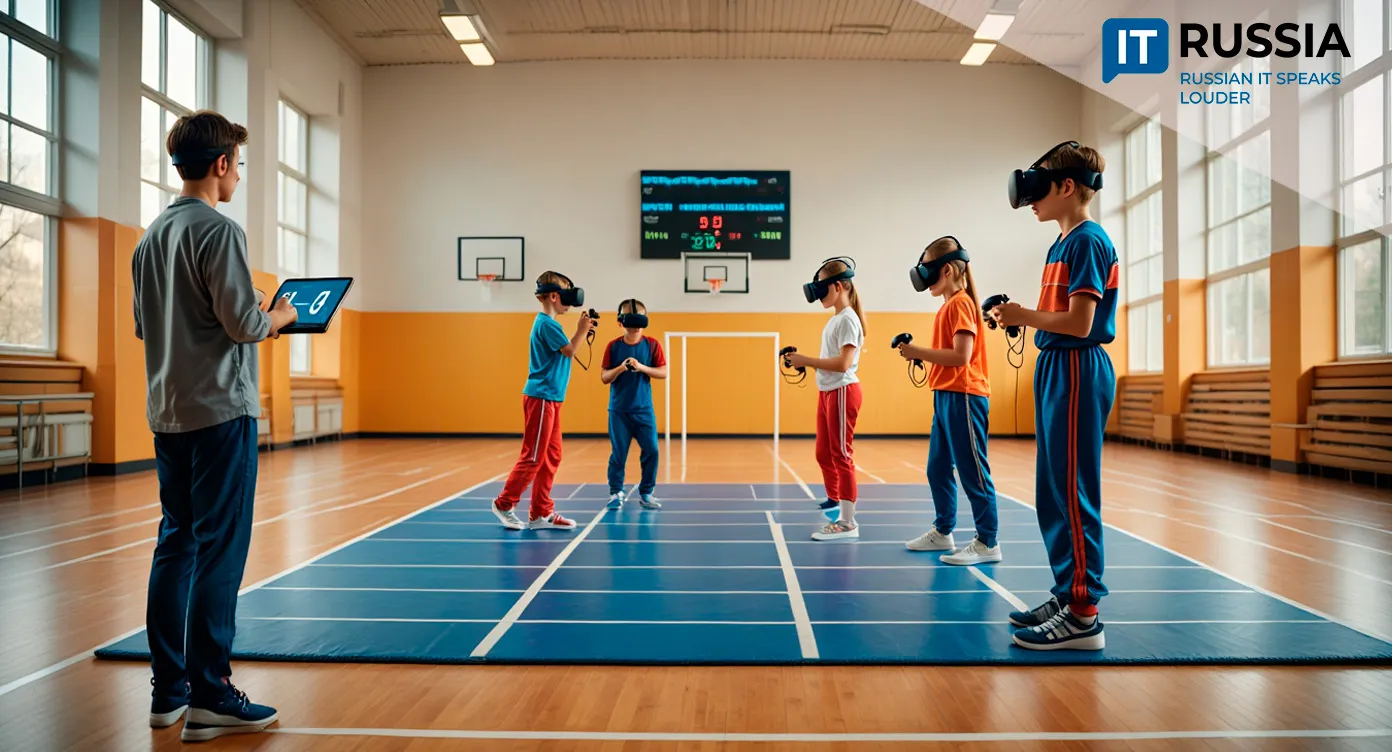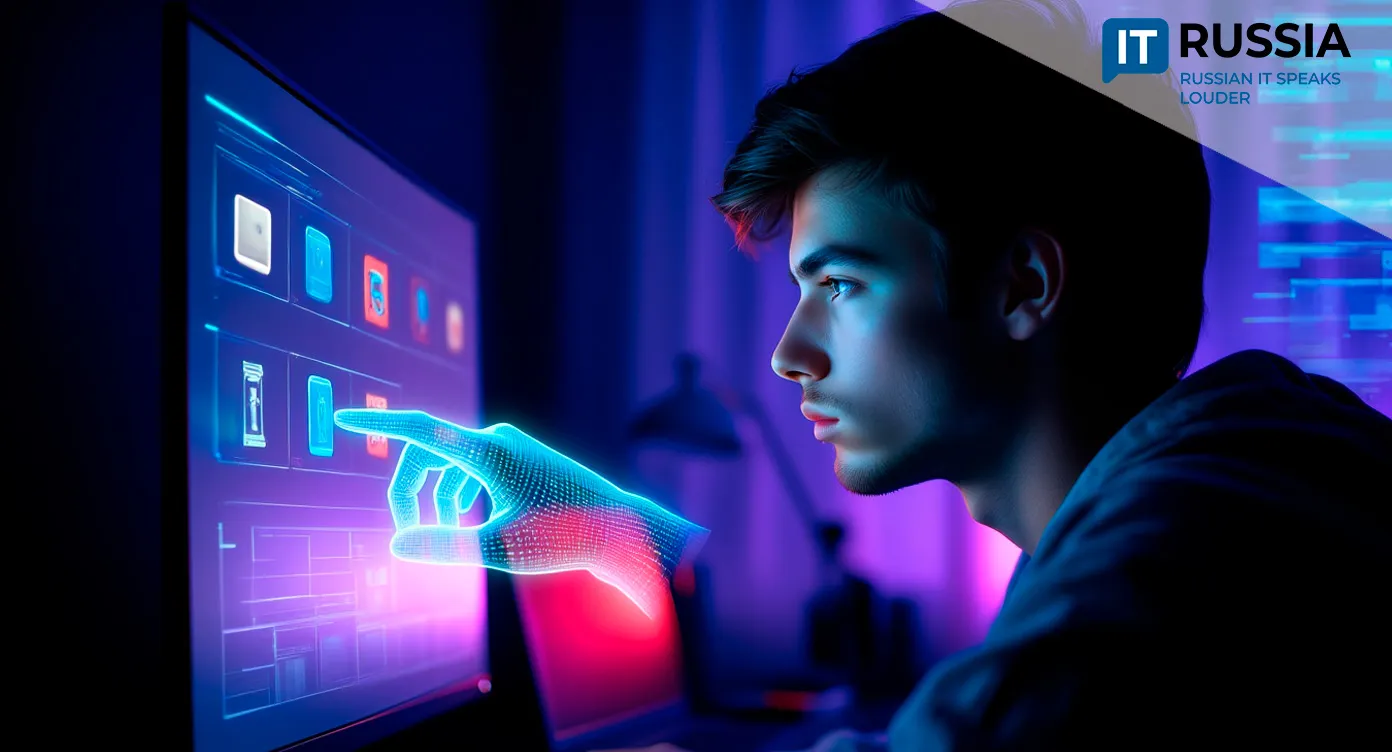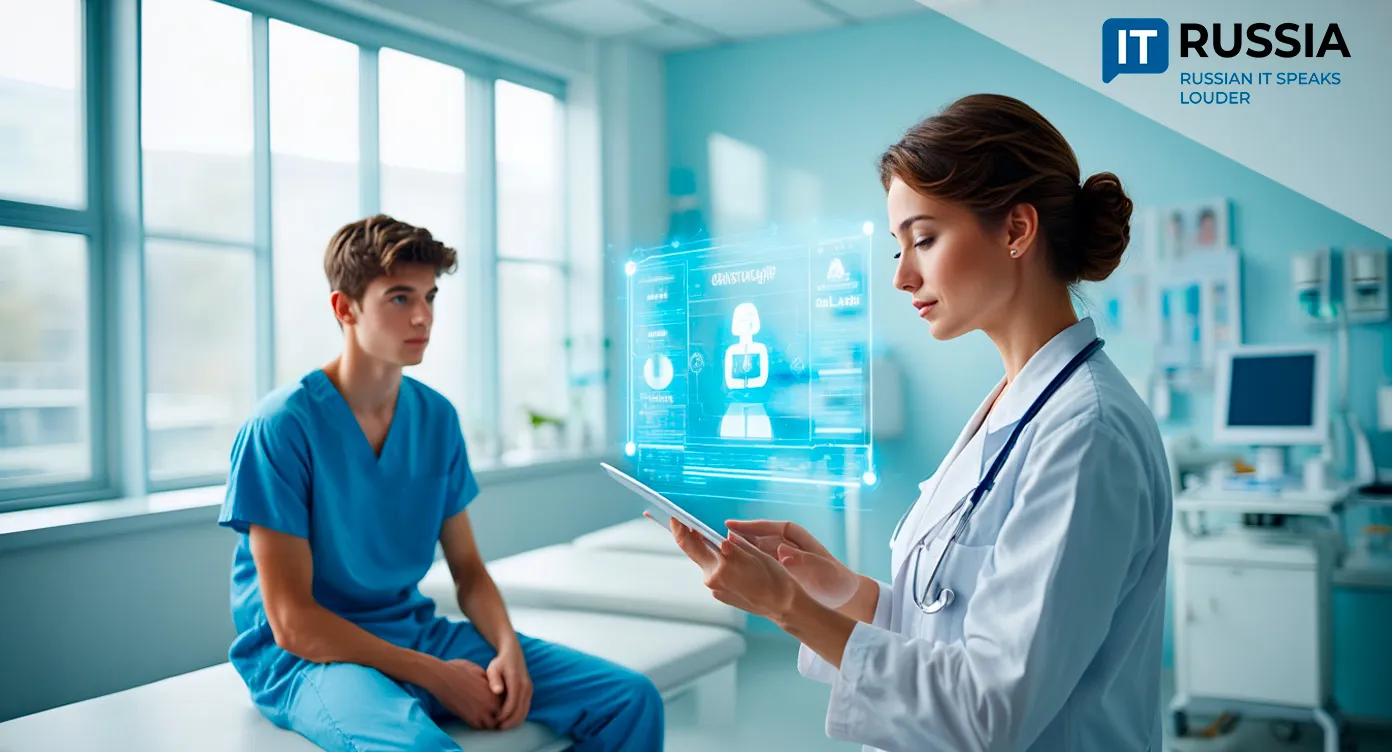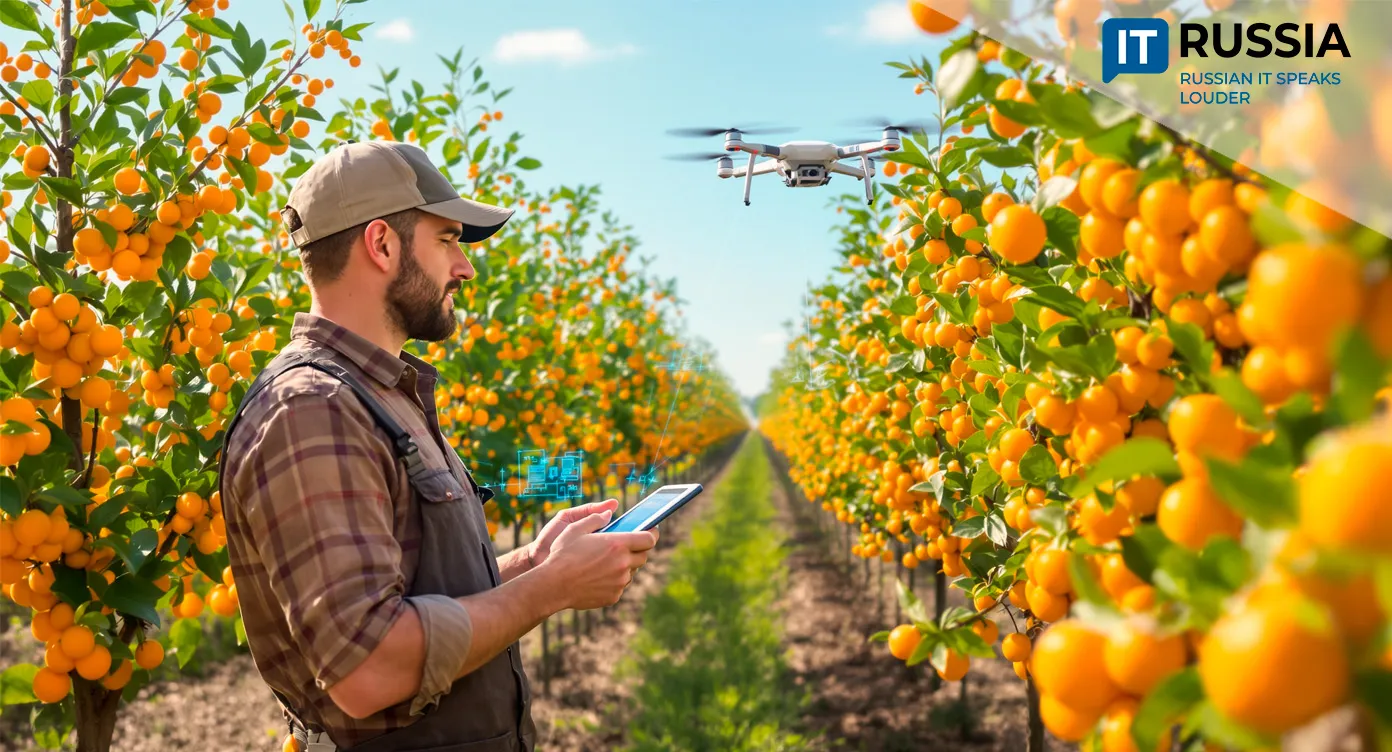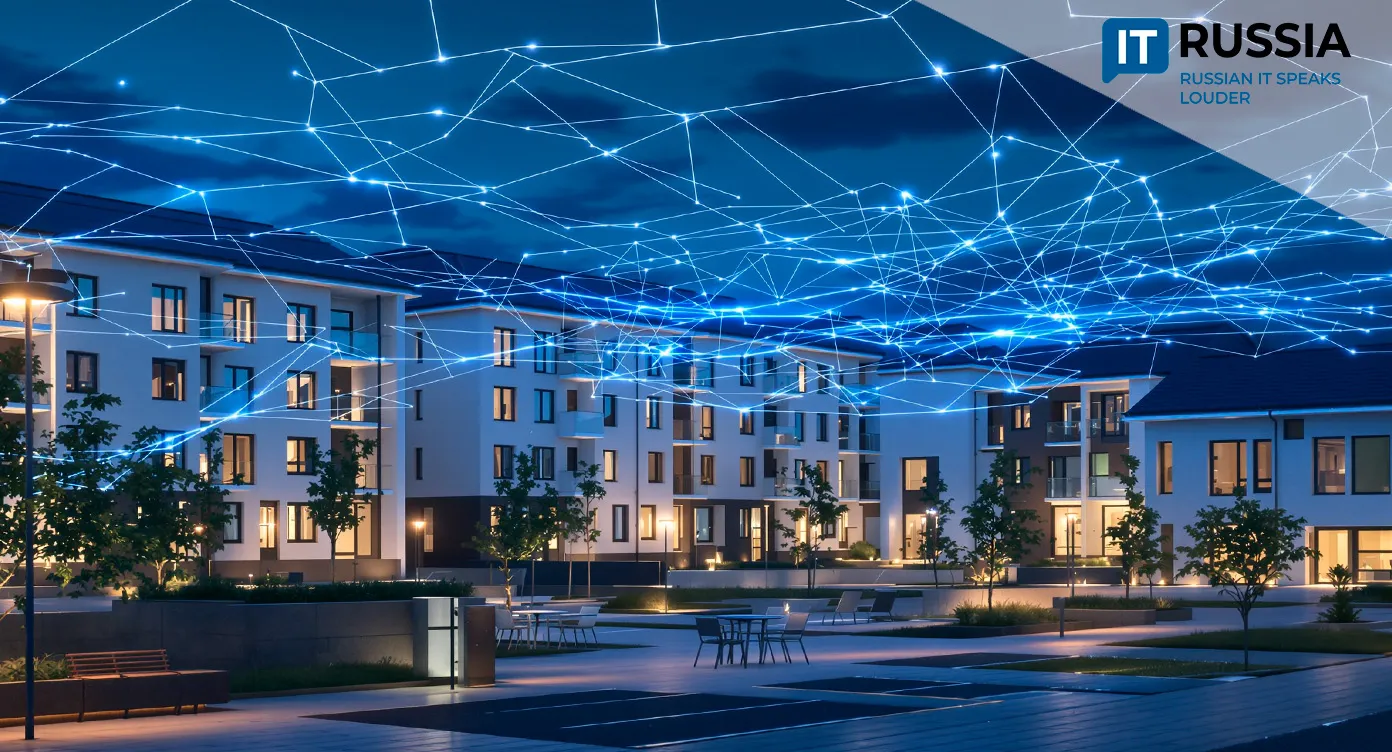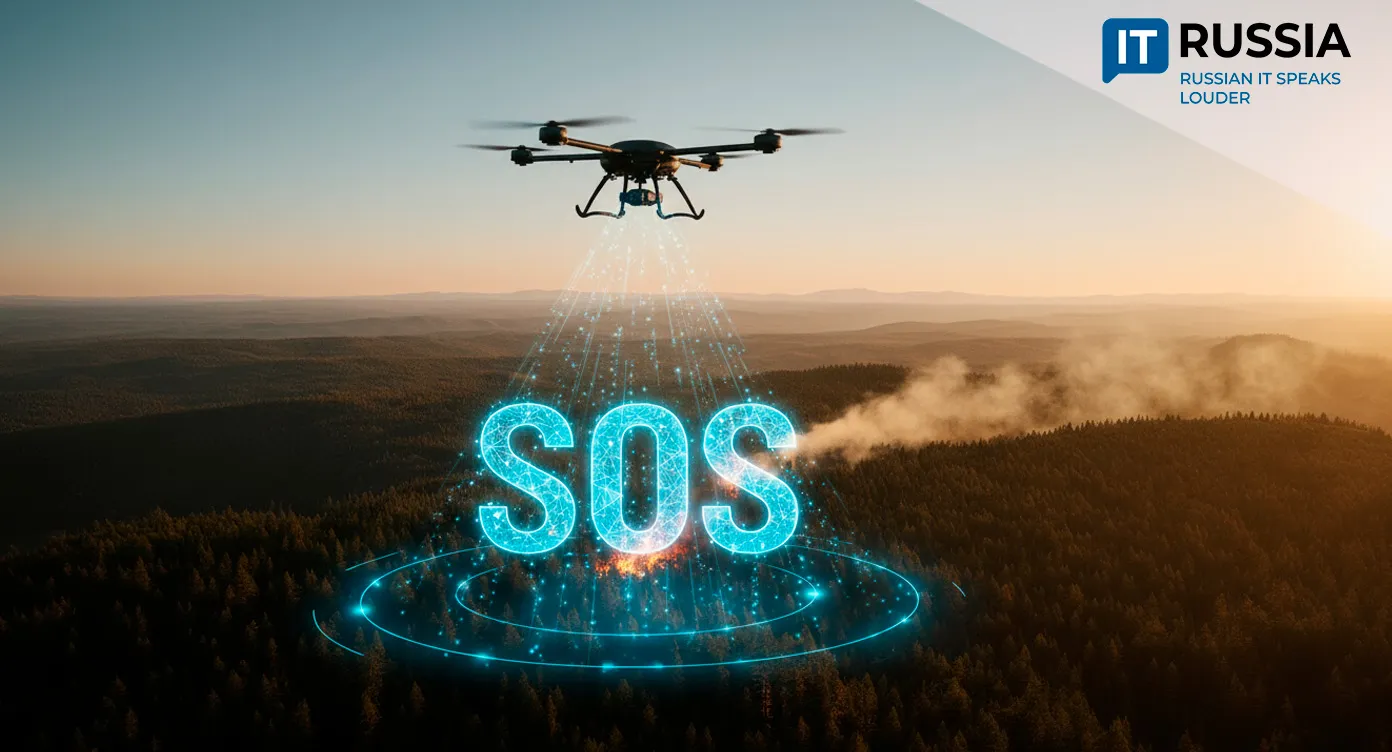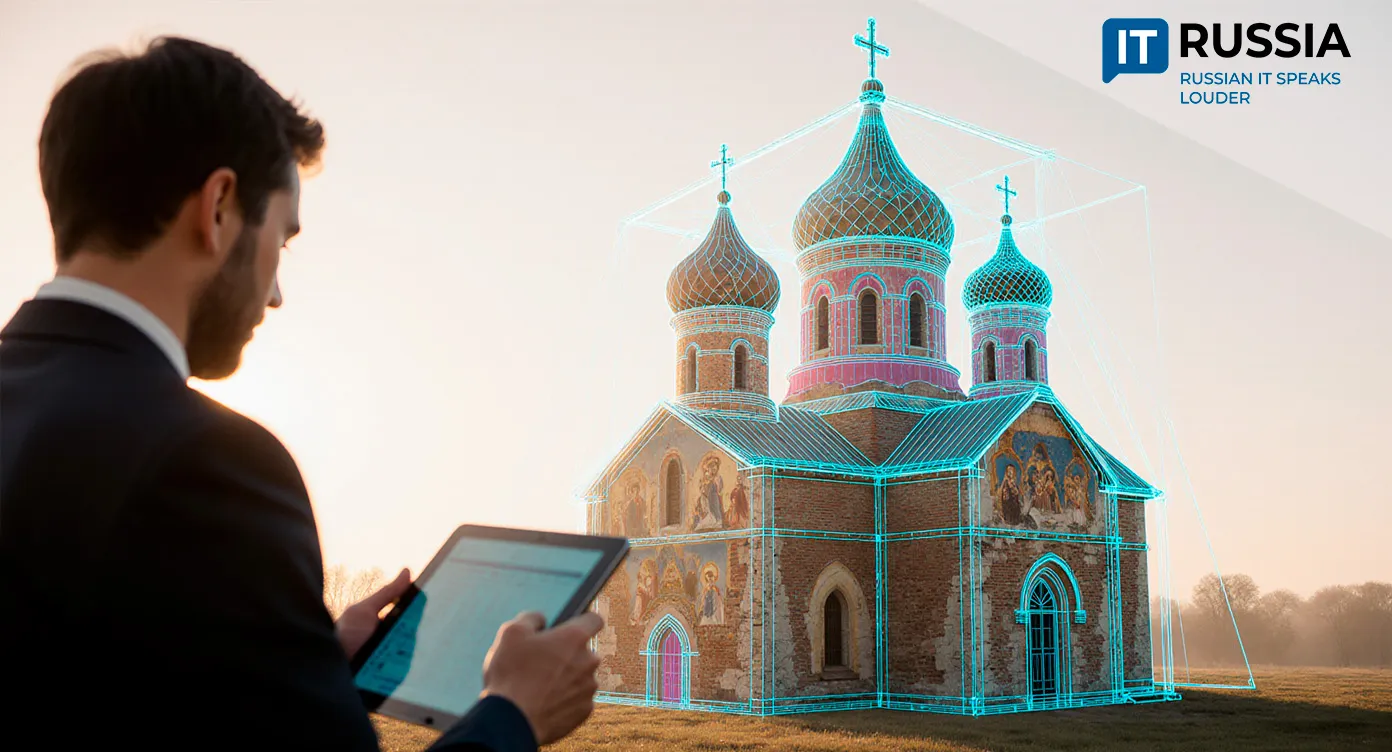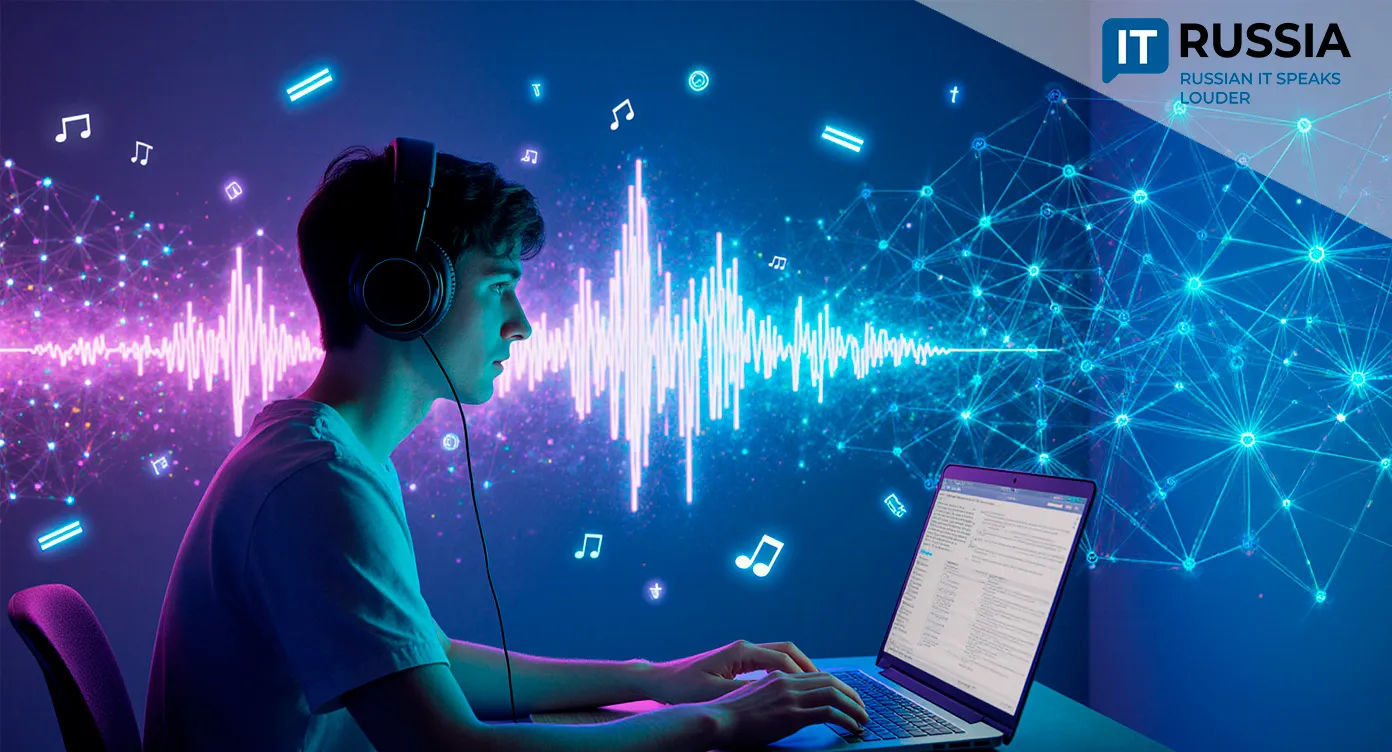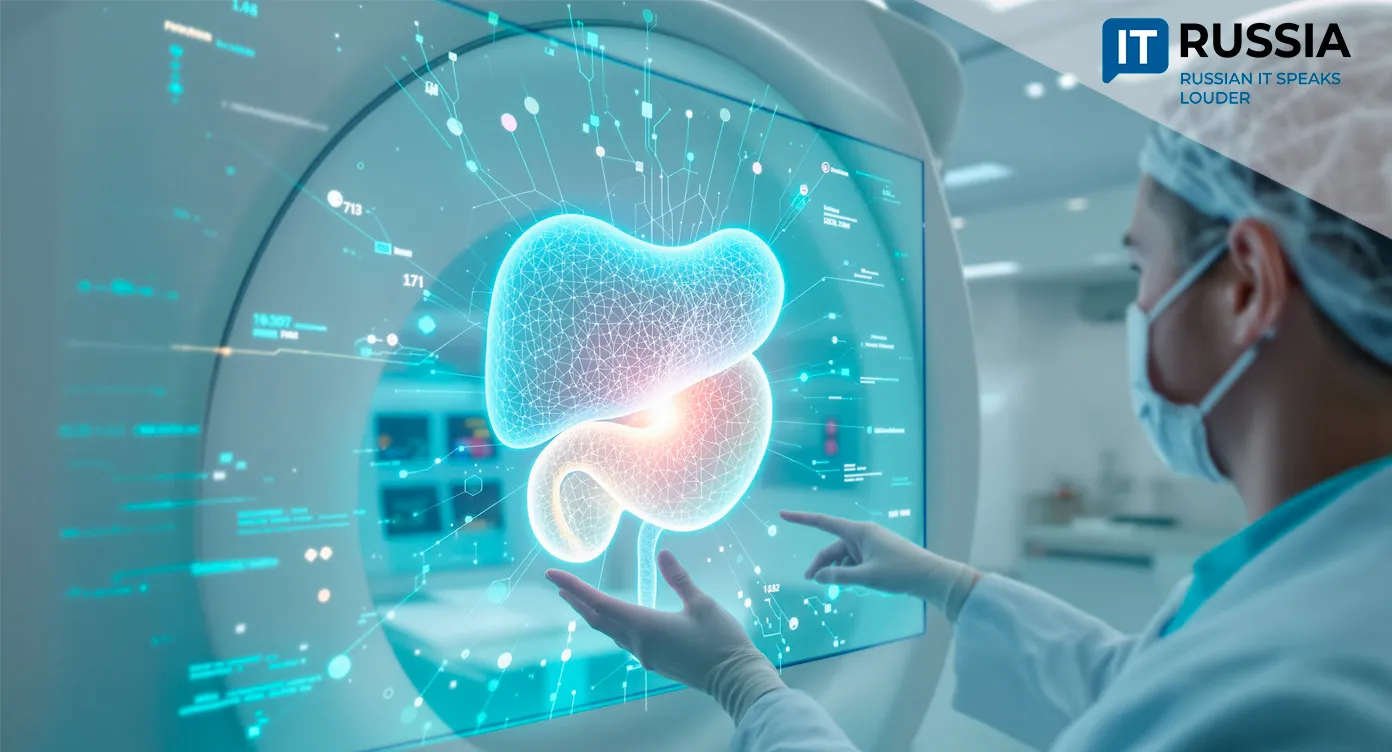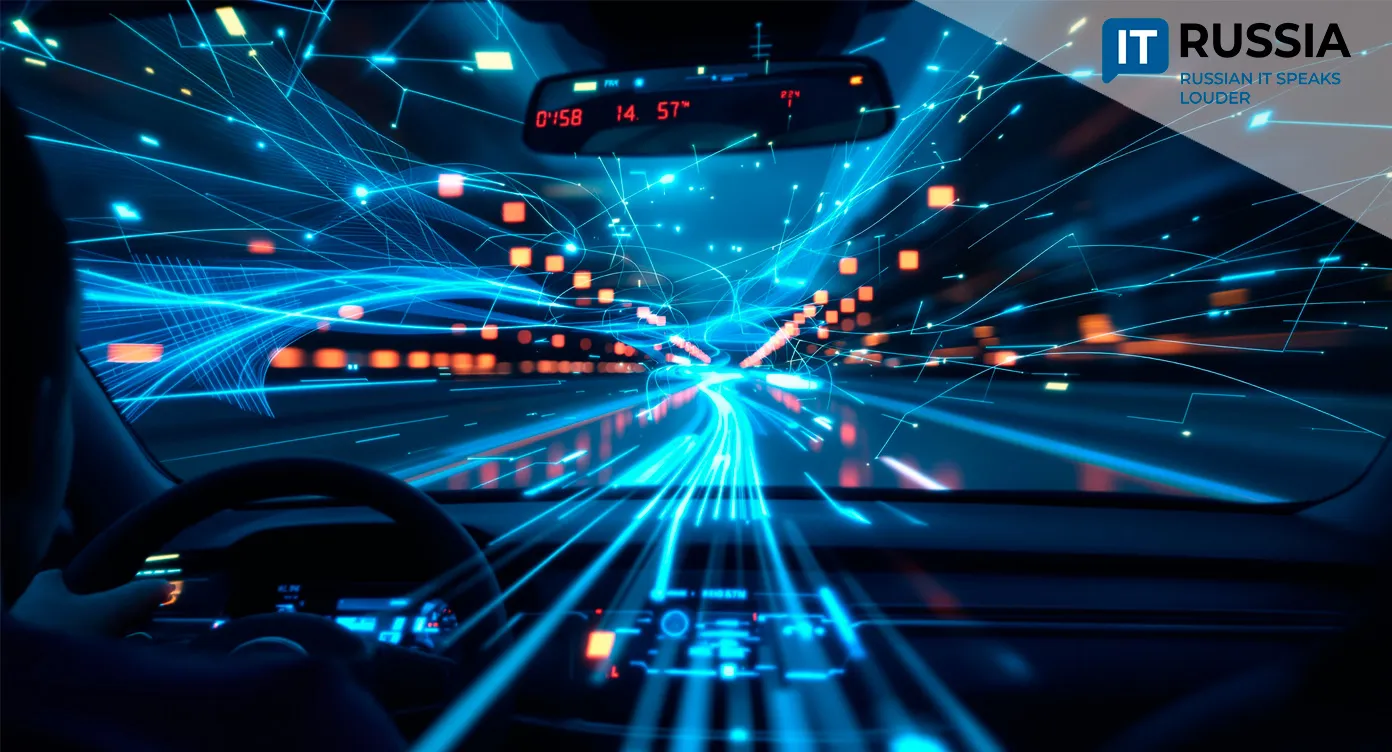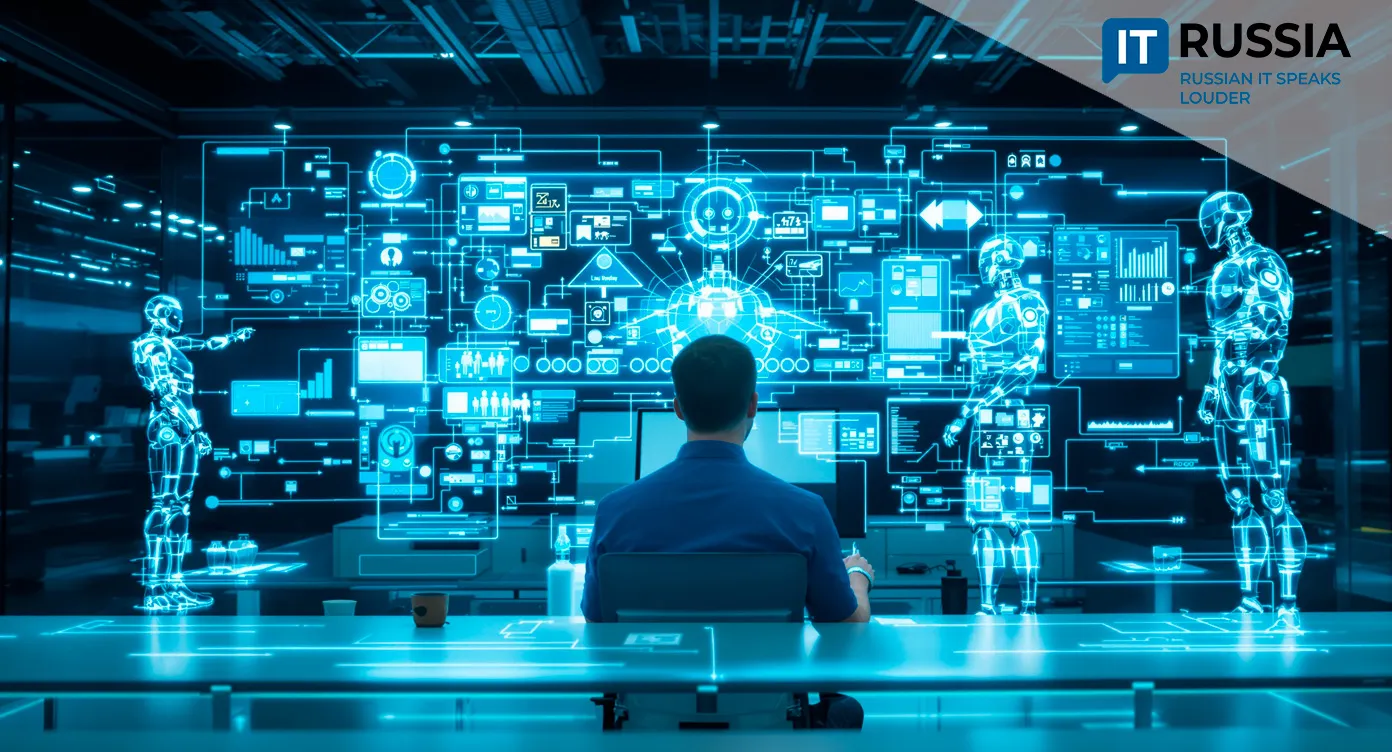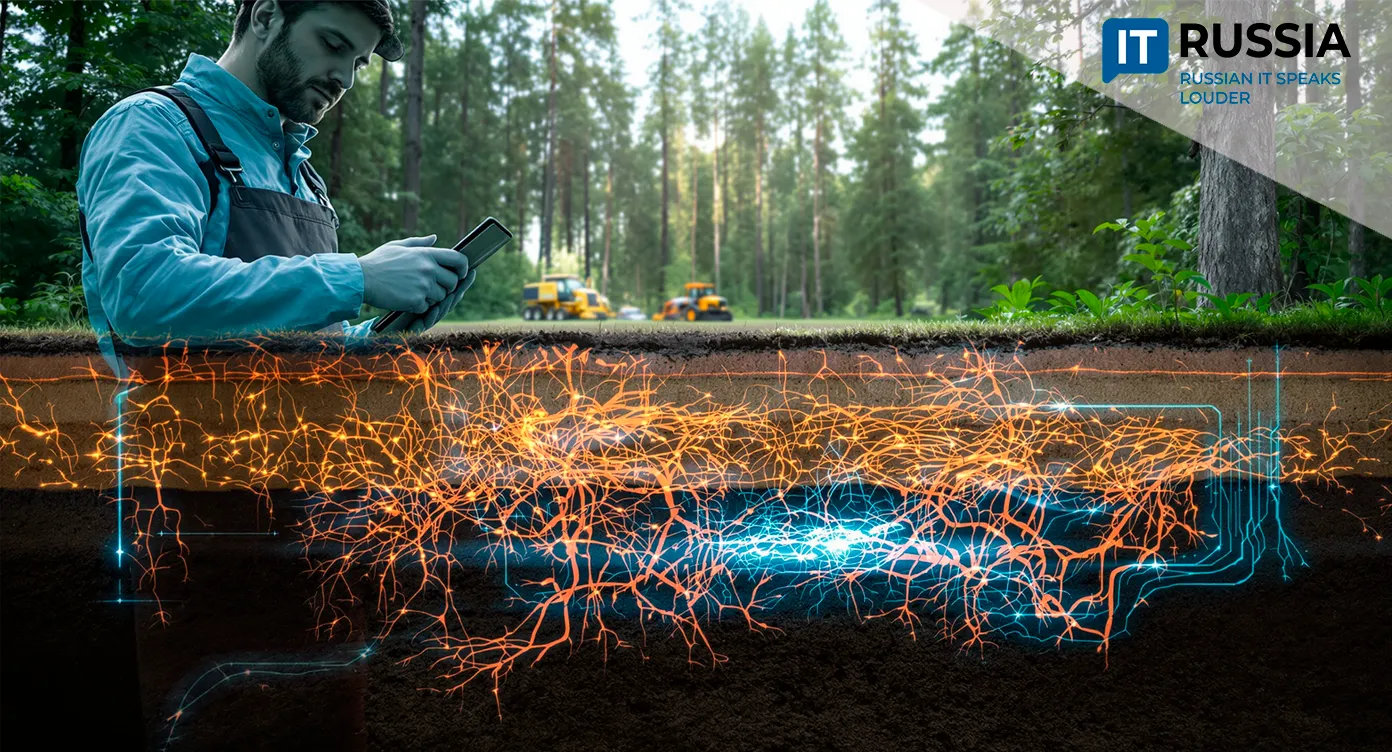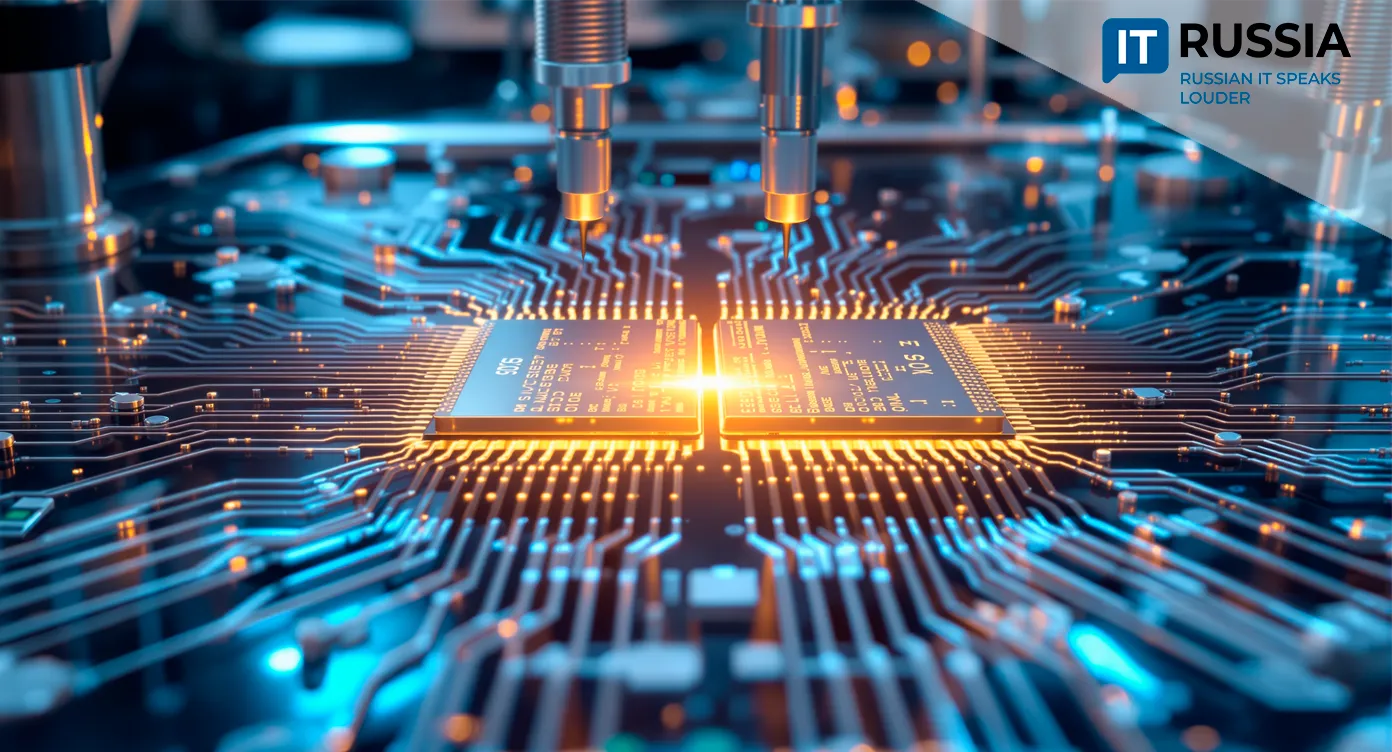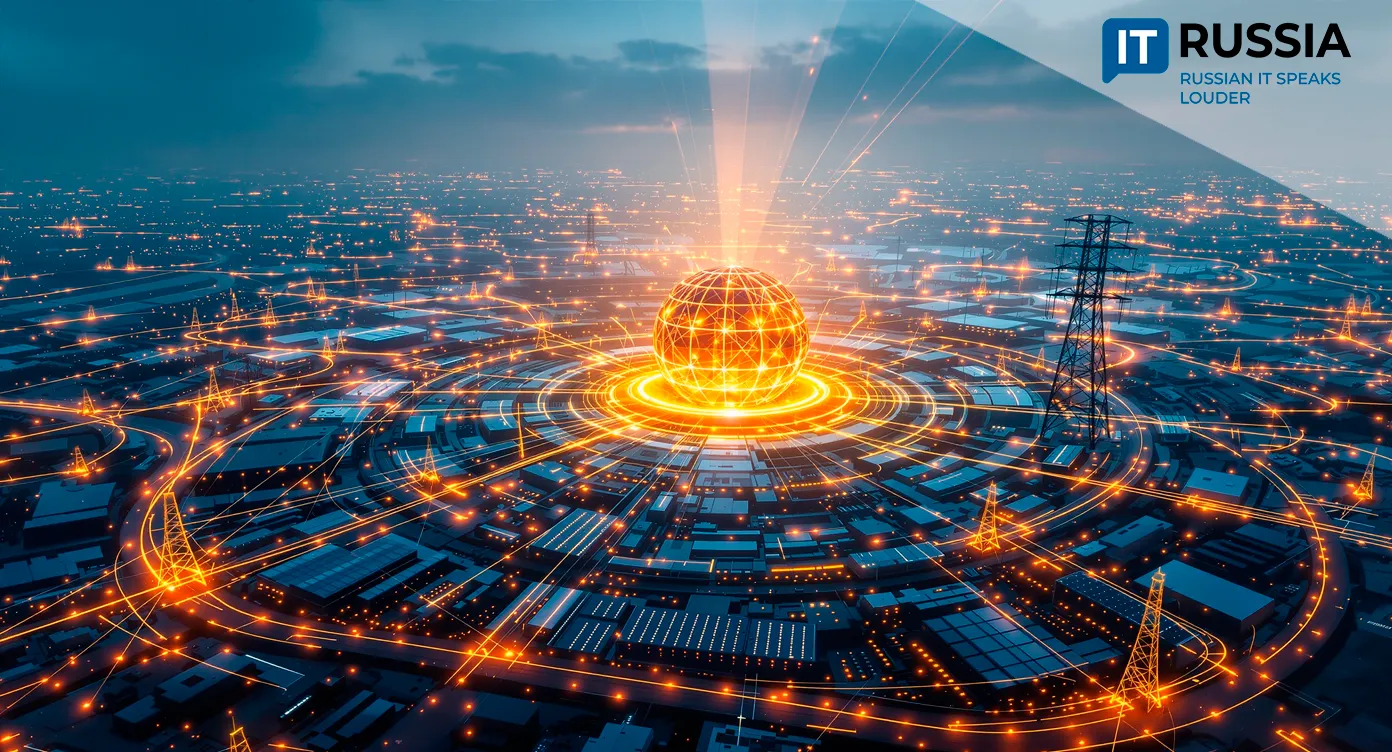Russia Develops Smart Eye-Tracking System for Post-Stroke Rehabilitation
A new eye-tracking technology introduced by Russia’s Federal Center for Brain and Neurotechnologies enables doctors to communicate with patients who have lost speech and motor functions after strokes or severe neurological disorders — opening a new chapter in neurorehabilitation.
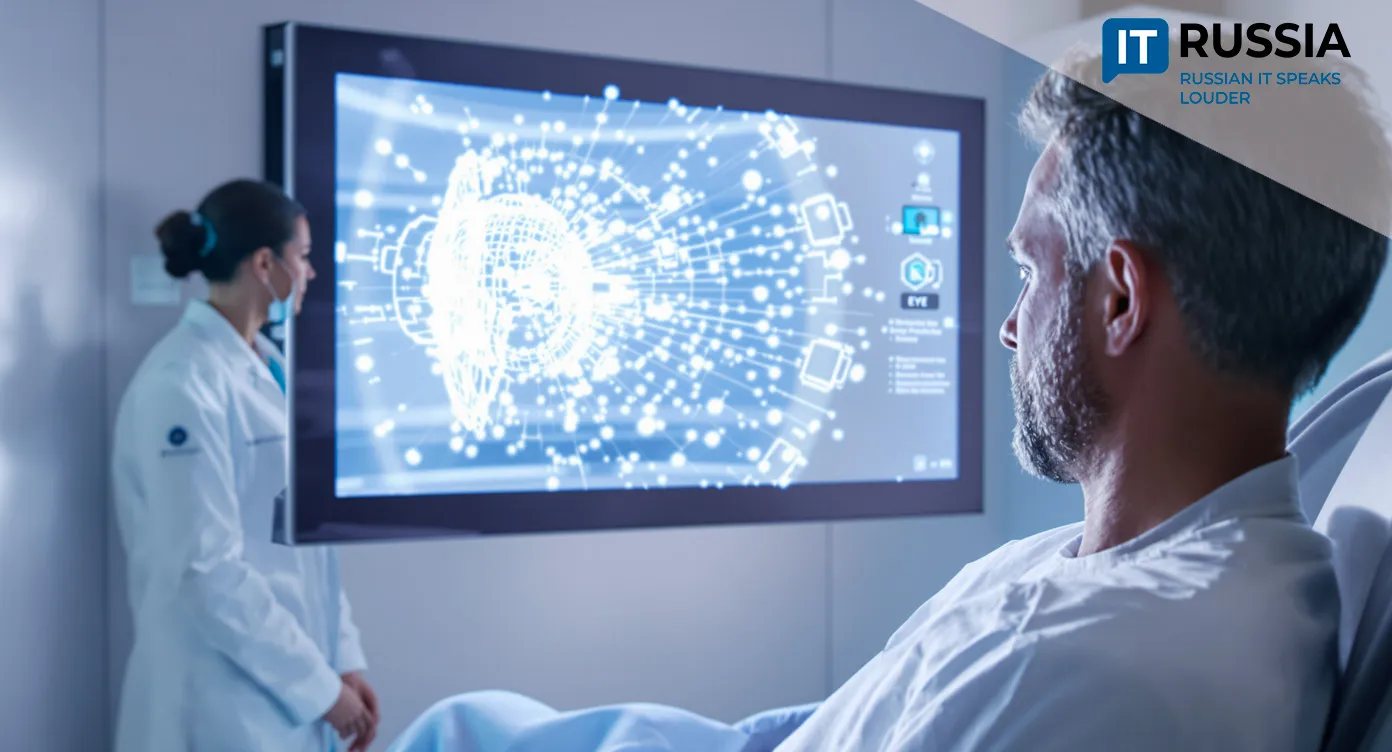
Turning the Gaze into a Communication Interface
Imagine being fully conscious but unable to move or speak — trapped inside your own body after a stroke. For years, such patients had virtually no way to communicate.
Now, Russian scientists have found a breakthrough path forward. The innovative system, developed by researchers from the Federal Medical-Biological Agency (FMBA) and Moscow State University (MSU), uses eye movement as a channel of interaction. Built on software developed at MSU’s Department of Higher Nervous Activity, the system gives a ‘voice’ to those who lost theirs.
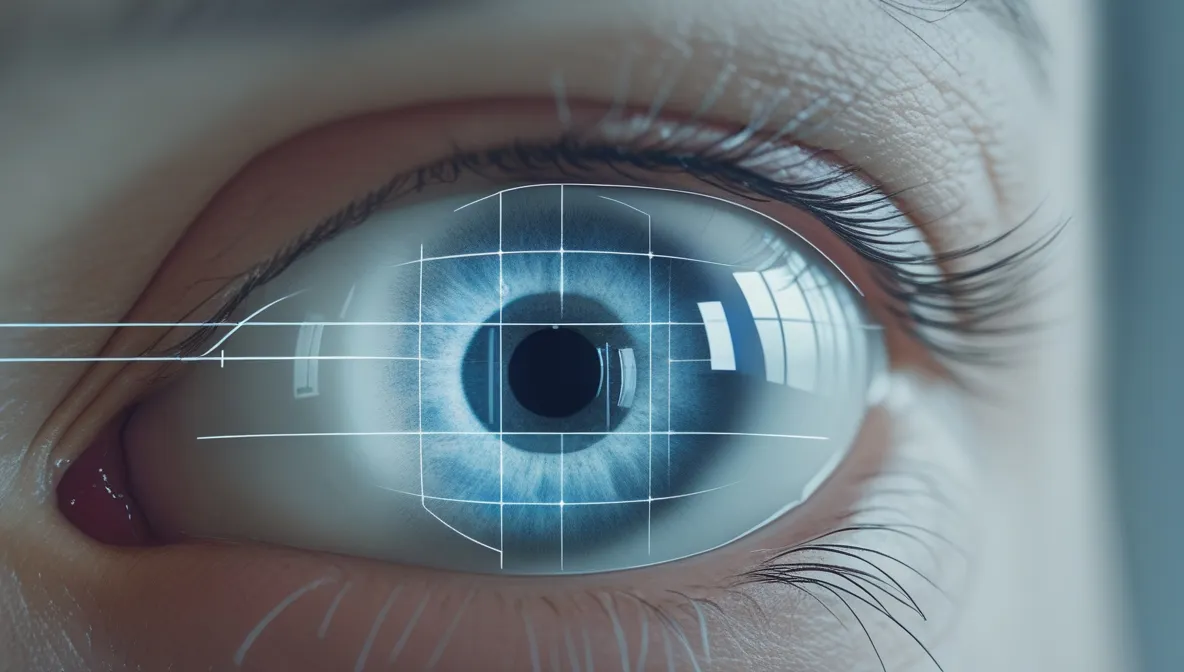
The method relies on visual feedback: patients respond to visual stimuli on a monitor by moving their eyes. A built-in camera tracks these movements and converts them into digital commands. To answer a question, a patient simply focuses their gaze on a specific image. For physicians, every subtle eye movement provides valuable insight into brain function, enabling monitoring of mental and physiological states and allowing personalized rehabilitation programs to be created.
The technology not only helps patients regain interaction with the world but also positions Russia as a leader in neurotechnology innovation.
From Breakthrough to Systemic Implementation
This innovation is not an isolated success but part of a broader effort to digitize rehabilitation in Russia’s medical system. Other FMBA facilities, such as the Rostov Clinical Hospital, have already deployed the "ExoHand-2" robotic complex with a neurointerface to restore finger mobility. The relevance of such solutions continues to grow — the World Stroke Organization projects that by 2050, global stroke incidence will increase by 81%. In Russia alone, over 400,000 people suffer strokes each year, including thousands of working-age adults.
Eye-tracking technology offers them a faster, more effective route to recovery while significantly reducing long-term social and economic costs. For healthcare providers, it represents a powerful integration of video tracking and neurotechnology that strengthens domestic innovation and reduces reliance on imported systems.
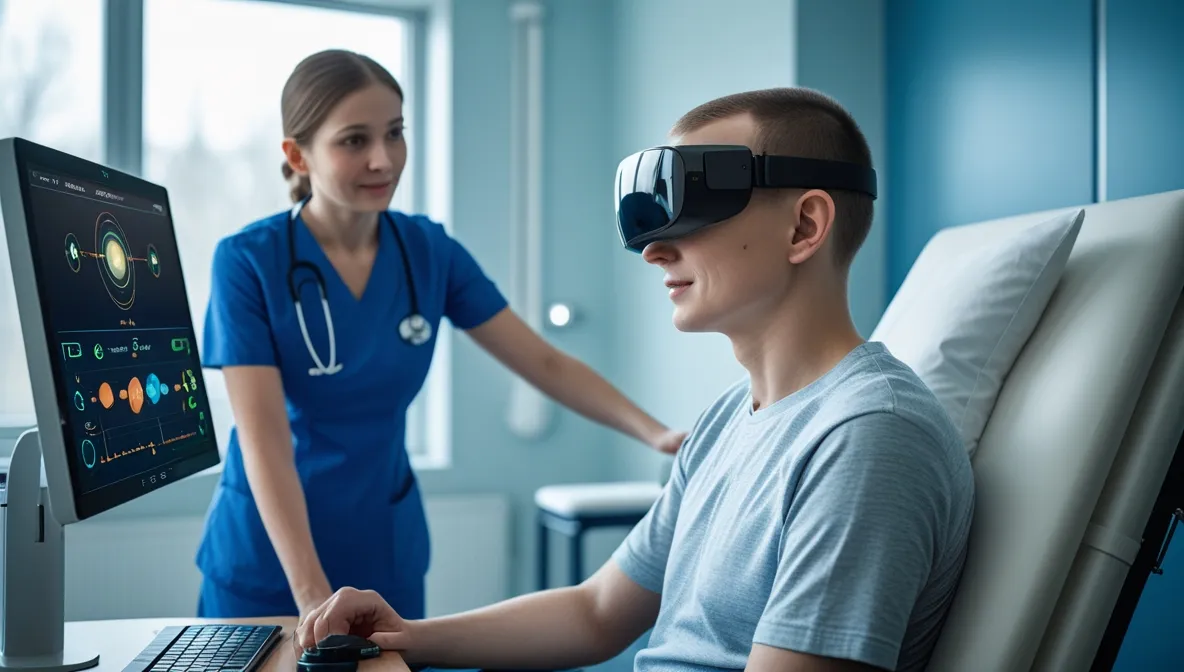
The FMBA’s work also contributes to developing an export-ready medtech ecosystem — eye-tracking and related tools can be adapted for international markets seeking affordable and accessible rehabilitation solutions.
Toward AI-Driven Neurorehabilitation
The progress in this field shows remarkable momentum. Since its first implementation in 2022, the FMBA’s Laboratory of Neuroregeneration has expanded from device-based solutions to biological and AI-integrated approaches.
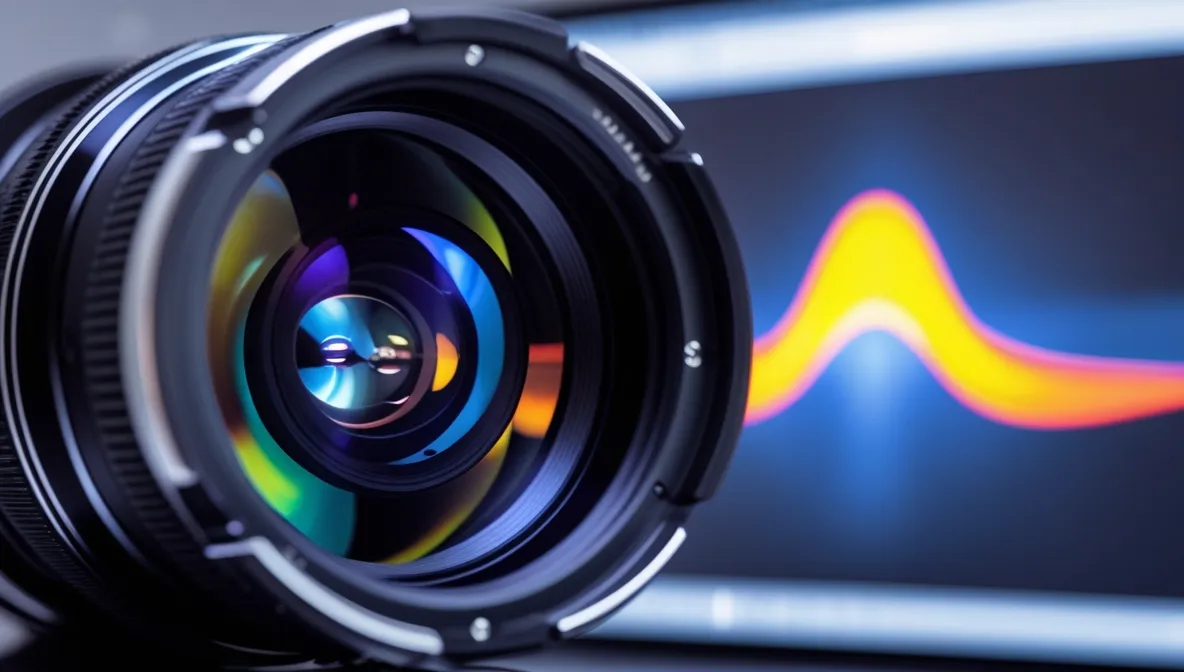
Collaborations with institutions like Skoltech are now focused on analyzing brain activity and developing predictive models for recovery. Over the next two years, Russia plans to scale eye-tracking technology to regional rehabilitation centers and collect large-scale data to validate its efficiency. In the medium term, these datasets will power AI algorithms capable of assessing patient conditions and forecasting recovery dynamics with high precision.
The future also includes immersive virtual environments that train attention and visual systems — expanding the technology’s use to patients with traumatic brain injuries, Parkinson’s, and Alzheimer’s disease. Ultimately, this marks a new phase in Russian medtech: combining neuroscience, AI, and rehabilitation engineering to make recovery faster, more accurate, and more humane.


